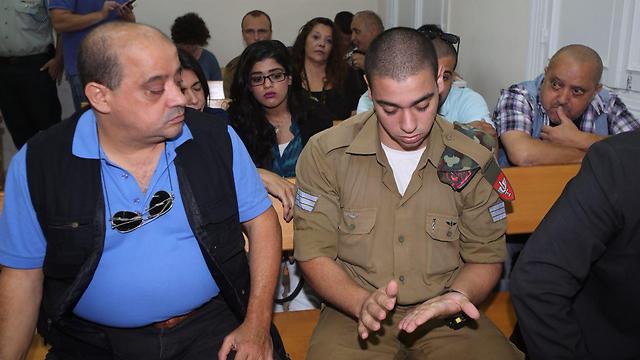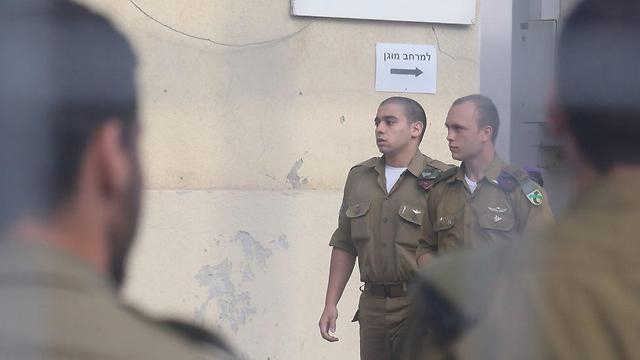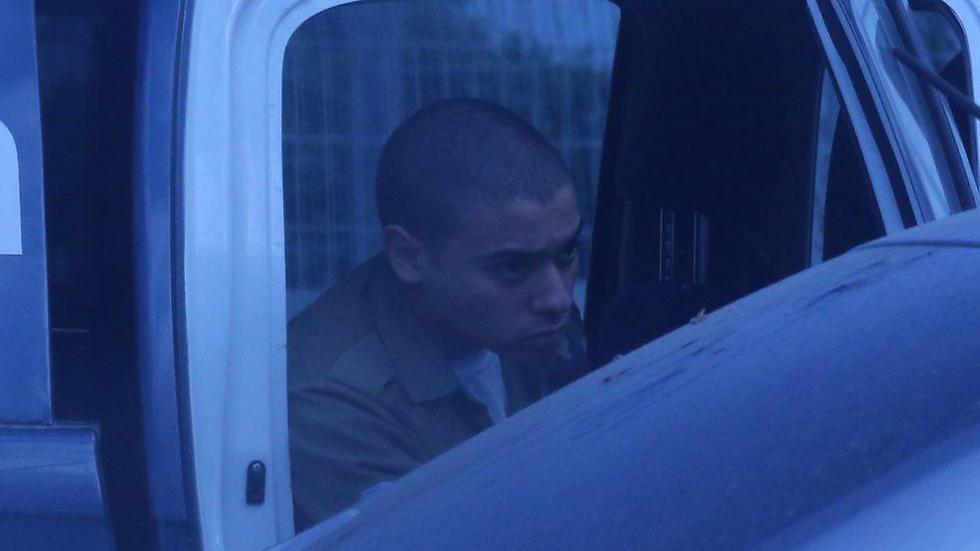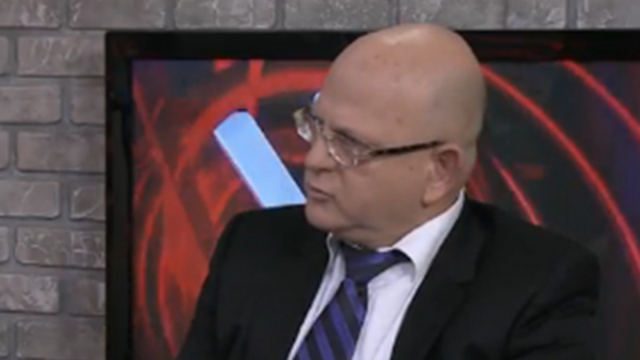Attorneys submit a plea against manslaughter charges following an incident in which he shot a neutralized terrorist in the head: ‘He saw an immediate and real danger to his life and his friends’ lives.’
Sgt. Elor Azaria, was charged with manslaughter after shooting dead an already-neutralized terrorist, pleaded not guilty on Monday.
His attorneys – Eyal Beserglick, Ilan Katz, Binyamin Malcha and Karmit Scheiber – submitted their defendant’s plea to the Jaffa military court in which they listed a number of points rebutting the idictment charges against him.

In the response to the indictment, Azaria’s attorneys claimed that “The defendant acted in a fraction of a second to neutralize the terrorist to prevent an attack on himself and his friends who were standing close to the terrorist. He did not see any other way to save their lives or his own. The defendant admits that the gun fire may have killed the terrorist but that it definitely neutralized him.”

The plea went on to state that “the defendant saw a situation in which, given the circumstances, the terrorist was wearing an explosive belt and carrying a knife as part of a combined attack and his movements indicated that he intended to detonate the belt on his body which could have had serious consequences.”
This, continued the statement, “was said to the defendant during a briefing. He thought that a real and immediate danger was being posed to him and his friends.”

Moreover, the attorneys sought to draw attention to the circumstances surrounding the terrorist’s death. While Azaria acknowledged that the terrorist was moving when he shot at him, the pathological assessment’s findings raised important questions. While on the one hand the terrorist’s death was caused by Azaria’s bullet to the head, “it became apparent that, notwithstanding the shots to the head, the terrorist was shot prior to this which caused the collapse and bleeding of the lung. He also sustained a gunshot wound to the groin.”
The defense team also said in their plea statement that “the report did not answer the question as to whether it could be ruled out as that the shots to the lung and the groin were causes of the terrorist’s death.” Indeed, it highlighted the significant amount of time which elapsed between when the terrorist was first shot and the incident’s conclusion.
During the trial the prosecutor asked about the circumstantial connection between the shooting and the death of the terrorist after the defense claimed that the shooting “may have caused the death of the terrorist.” In response, the defense said that it is investigating the matter using its own pathologist.

On March 24, two terrorists armed with knives stabbed a soldier, moderately wounding him, at an IDF post near the Tel Rumeida neighborhood in Hebron.
The two were shot and neutralized by soldiers from the IDF’s Kfir Brigade, and the wounded soldier’s condition was later downgraded to light.
A video filmed several minutes later by B’Tselem volunteer Emad abu-Shamsiyah shows one of the terrorists, Abed al Fatah a-Sharif, lying on the ground motionless, when Azaria, who arrived at the scene of the attack several minutes later, aims his weapon at him and shoots him in the head.
An autopsy performed on a-Sharif found he was alive when he was shot, and died as a result of the shot to the head – not from the wounds he sustained before.
Initial investigations showed that Azaria shot the terrorist six minutes after the attack even though soldiers from another unit had already neutralized him. Two of the unit commanders were reprimanded for their failure to treat the terrorist and their failure to remove him from the scene of the attack. According to a central command general, Azaria took it upon himself to open fire. Moreover, the indictment handed down to him was unequivocal when it stated that “the terrorist was left lying on the ground and was still alive. He posed no immediate or real threat to civilian lives or the soldiers around him.”
As reported by Ynetnews
